|
Louis Couperus
Louis Marie-Anne Couperus (10 June 1863 – 16 July 1923) was a Dutch novelist and poet. His oeuvre contains a wide variety of genres: lyric poetry, psychological and historical novels, novellas, short stories, fairy tales, feuilletons and sketches. Couperus is considered to be one of the foremost figures in Dutch literature. In 1923, he was awarded the ''Tollensprijs'' (Tollens Prize). Couperus and his wife travelled extensively in Europe and Asia, and he later wrote several related travelogues which were published weekly. Youth Louis Marie-Anne Couperus was born on 10 June 1863 at Mauritskade 11 in The Hague, Netherlands, into a long-established, ''Indo'' family of the colonial landed gentry of the Dutch East Indies. He was the eleventh and youngest child of John Ricus Couperus (1816–1902), a prominent colonial administrator, lawyer and ''landheer'' or lord of the private domain ('' particuliere land'') of Tjikopo in Java, and Catharina Geertruida Reynst (1829–1893). T ... [...More Info...] [...Related Items...] OR: [Wikipedia] [Google] [Baidu] |
The Hague
The Hague ( ; nl, Den Haag or ) is a city and municipality of the Netherlands, situated on the west coast facing the North Sea. The Hague is the country's administrative centre and its seat of government, and while the official capital of the Netherlands is Amsterdam, The Hague has been described as the country's de facto capital. The Hague is also the capital of the province of South Holland, and the city hosts both the International Court of Justice and the International Criminal Court. With a population of over half a million, it is the third-largest city in the Netherlands, after Amsterdam and Rotterdam. The Hague is the core municipality of the Greater The Hague urban area, which comprises the city itself and its suburban municipalities, containing over 800,000 people, making it the third-largest urban area in the Netherlands, again after the urban areas of Amsterdam and Rotterdam. The Rotterdam–The Hague metropolitan area, with a population of approximately 2.6&n ... [...More Info...] [...Related Items...] OR: [Wikipedia] [Google] [Baidu] |
Java
Java (; id, Jawa, ; jv, ꦗꦮ; su, ) is one of the Greater Sunda Islands in Indonesia. It is bordered by the Indian Ocean to the south and the Java Sea to the north. With a population of 151.6 million people, Java is the world's List of islands by population, most populous island, home to approximately 56% of the Demographics of Indonesia, Indonesian population. Indonesia's capital city, Jakarta, is on Java's northwestern coast. Many of the best known events in Indonesian history took place on Java. It was the centre of powerful Hindu-Buddhist empires, the Islamic sultanates, and the core of the colonial Dutch East Indies. Java was also the center of the History of Indonesia, Indonesian struggle for independence during the 1930s and 1940s. Java dominates Indonesia politically, economically and culturally. Four of Indonesia's eight UNESCO world heritage sites are located in Java: Ujung Kulon National Park, Borobudur Temple, Prambanan Temple, and Sangiran Early Man Site. ... [...More Info...] [...Related Items...] OR: [Wikipedia] [Google] [Baidu] |
Elisabeth Couperus-Baud
Elisabeth Wilhelmina Johanna (Betty) Couperus-Baud (Batavia, 30 October 1867 – The Hague, 18 March 1960), was a Dutch translator. She was the wife of the Dutch writer Louis Couperus (1863–1923). Biography Couperus-Baud was the daughter of Jan Carel Willem Ricus Theodore Baud (1838–1883), an assistant resident at Meester Cornelis ( Dutch East Indies) and his cousin Johanna Wilhelmina Petronella Steenstra Toussaint (1844–1927). In 1890 she published, in the Dutch magazine "Nederland", a short story called ''Een galavoorstelling''.'Liefde van alleen de ziel' , in NRC.nl She married in 1891 her cousin, Louis Couperus, son of John Ricus Couperus (1816–1902) and jkvr. Catharina Geertruida Reynst (1829–1893). ... [...More Info...] [...Related Items...] OR: [Wikipedia] [Google] [Baidu] |
Peritonitis
Peritonitis is inflammation of the localized or generalized peritoneum, the lining of the inner wall of the abdomen and cover of the abdominal organs. Symptoms may include severe pain, swelling of the abdomen, fever, or weight loss. One part or the entire abdomen may be tender. Complications may include shock and acute respiratory distress syndrome. Causes include perforation of the intestinal tract, pancreatitis, pelvic inflammatory disease, stomach ulcer, cirrhosis, or a ruptured appendix. Risk factors include ascites (the abnormal build-up of fluid in the abdomen) and peritoneal dialysis. Diagnosis is generally based on examination, blood tests, and medical imaging. Treatment often includes antibiotics, intravenous fluids, pain medication, and surgery. Other measures may include a nasogastric tube or blood transfusion. Without treatment death may occur within a few days. About 20% of people with cirrhosis who are hospitalized have peritonitis. Signs and symptoms Abd ... [...More Info...] [...Related Items...] OR: [Wikipedia] [Google] [Baidu] |
Hotel Des Indes (Batavia)
Hotel des Indes was one of the oldest and most prestigious hotels in Asia. Located in Batavia, Dutch East Indies, the hotel had accommodated countless famous patrons throughout its existence from 1829 to 1971. Before being named Hotel des Indes, a name suggested by the writer Multatuli, it was named "Hotel de Provence" by its first French owner, and for a short spell went by the name "Hotel Rotterdam". After Indonesian independence it was renamed "Hotel Duta Indonesia", until it was demolished to make way for a shopping mall. Background The city of Batavia was founded by the Dutch East India Company (VOC) and became the main Dutch settlement in South East Asia. In 1747, the Dutch already started to build on the land where later the hotel would be built. In 1760, the site was bought by the VOC Governor General Reynier de Klerck. In 1824, the land was bought by the Dutch East Indies government. In 1828, a boarding school for girls was constructed. However the boarding school wa ... [...More Info...] [...Related Items...] OR: [Wikipedia] [Google] [Baidu] |
History Of Jakarta
Jakarta is Indonesia's capital and largest city. Located on an estuary of the Ciliwung River, on the northwestern part of Java, the area has long sustained human settlement. Historical evidence from Jakarta dates back to the 4th century CE, when it was a Hindu settlement and port. The city has been sequentially claimed by the Indianized kingdom of Tarumanegara, the Hindu Kingdom of Sunda, the Muslim Sultanate of Banten, and by Dutch, Japanese and Indonesian administrations. The Dutch East Indies built up the area before it was taken during World War II by the Empire of Japan and finally became independent as part of Indonesia. Jakarta has been known by several names. It was called Sunda Kelapa during the Kingdom of Sunda period and Jayakarta, Djajakarta or Jacatra during the short period of the Banten Sultanate. Thereafter, Jakarta evolved in three stages. The " old city", close to the sea in the north, developed between 1619 and 1799 during the era of the VOC. The "new city" ... [...More Info...] [...Related Items...] OR: [Wikipedia] [Google] [Baidu] |
Steamboat
A steamboat is a boat that is marine propulsion, propelled primarily by marine steam engine, steam power, typically driving propellers or Paddle steamer, paddlewheels. Steamboats sometimes use the ship prefix, prefix designation SS, S.S. or S/S (for 'Screw Steamer') or PS (for 'Paddle Steamer'); however, these designations are most often used for steamships. The term ''steamboat'' is used to refer to smaller, insular, steam-powered boats working on lakes and rivers, particularly riverboats. As using steam became more reliable, steam power became applied to larger, ocean-going vessels. Background Limitations of the Newcomen steam engine Early steamboat designs used Newcomen atmospheric engine, Newcomen steam engines. These engines were large, heavy, and produced little power, which resulted in an unfavorable power-to-weight ratio. The Newcomen engine also produced a reciprocating or rocking motion because it was designed for pumping. The piston stroke was caused by a water jet i ... [...More Info...] [...Related Items...] OR: [Wikipedia] [Google] [Baidu] |
Den Helder
Den Helder () is a municipality and a city in the Netherlands, in the province of North Holland. Den Helder occupies the northernmost point of the North Holland peninsula. It is home to the country's main naval base. From here the Royal TESO ferryboat service operates the transportation link between Den Helder and the nearby Dutch Wadden island of Texel to the north. Etymology Before the year 1928 the official name of Den Helder was Helder. The origin of the name Helder is not entirely clear. The name Helder may have come from ''Helle/Helde'', which means "hill" or "hilly grounds", or from ''Helre'', which means a sandy ridge. Another explanation is that the name derived from ''Helsdeur'' (Hell's Door), likely because in the water between Den Helder and Texel (called Marsdiep) the current was so strong that many ships were lost. History Huisduinen was the original older part of the city, whereas Helder itself was a nearby smaller hamlet. When a harbour was built near Hel ... [...More Info...] [...Related Items...] OR: [Wikipedia] [Google] [Baidu] |
Henri Van Booven
Hendrik Cornelis Alexander (Henri) van Booven (17 July 1877 in Haarlem – 31 January 1964 in The Hague) was a Dutch writer and journalist. His most successful work was the novel ''Tropenwee'' (''Tropical agony'', 1904), a thinly veiled autobiographical literary report of a mission to Congo in 1898, somewhat similar to '' Heart of Darkness''. Friend of the symbolist artist Karel de Nerée tot Babberich and the writer Louis Couperus, whose biography he would write (''Leven en werken van Louis Couperus'', 1933), he was also an important sportsman, especially in rugby, cricket, and hockey Hockey is a term used to denote a family of various types of both summer and winter team sports which originated on either an outdoor field, sheet of ice, or dry floor such as in a gymnasium. While these sports vary in specific rules, numbers o .... Works (selection) * Witte Nachten (1901) ('White Nights') * Tropenwee (1904) * Van de Vereering des Levens (1906) * Sproken (1907) * De Fr ... [...More Info...] [...Related Items...] OR: [Wikipedia] [Google] [Baidu] |
Eurasian
Eurasia (, ) is the largest continental area on Earth, comprising all of Europe and Asia. Primarily in the Northern and Eastern Hemispheres, it spans from the British Isles and the Iberian Peninsula in the west to the Japanese archipelago and the Russian Far East to the east. The continental landmass is bordered by the Atlantic Ocean and Africa to the west, the Pacific Ocean to the east, the Arctic Ocean to the north, and by Africa, the Mediterranean Sea, and the Indian Ocean to the south. The division between Europe and Asia as two continents is a historical social construct, as many of their borders are over land; thus, in some parts of the world, Eurasia is recognized as the largest of the six, five, or four continents on Earth. In geology, Eurasia is often considered as a single rigid megablock. However, the rigidity of Eurasia is debated based on paleomagnetic data. Eurasia covers around , or around 36.2% of the Earth's total land area. It is also home to the largest ... [...More Info...] [...Related Items...] OR: [Wikipedia] [Google] [Baidu] |
Ambon, Maluku
Ambon (formerly nl, Amboina) is the capital and largest city of the Indonesian province of Maluku. This city is also known as , which means "beautiful" or "pretty" Ambon. It covers a land area of 298.61 km2, and had a population of 331,254 at the 2010 Census and 347,288 at the 2020 Census. The city is divided into five administrative districts () – namely Nusaniwe, Sirimau, Teluk Ambon (Ambon Bay), Baguala and Leitimur Selatan (South Leitimur). Known as Indonesia's music city, Ambon became the first city in Southeast Asia to be recognised as the UNESCO City of Music in 2019. The city is populated by a mix of ethnic Alifuru (original Moluccans), Javanese, Balinese, Butonese, Bugis, Makassar, Papuan, Minahasa, Minang, Flobamora (Flores, Sumba, Alor and Timor ethnics) and those of foreign descent (Chinese, Arabian-Ambonese, Spanish-Ambonese, German-Ambonese, Portuguese-Ambonese and Dutch-Ambonese). Between 1999 and 2002, there was social unrest motivated by raci ... [...More Info...] [...Related Items...] OR: [Wikipedia] [Google] [Baidu] |
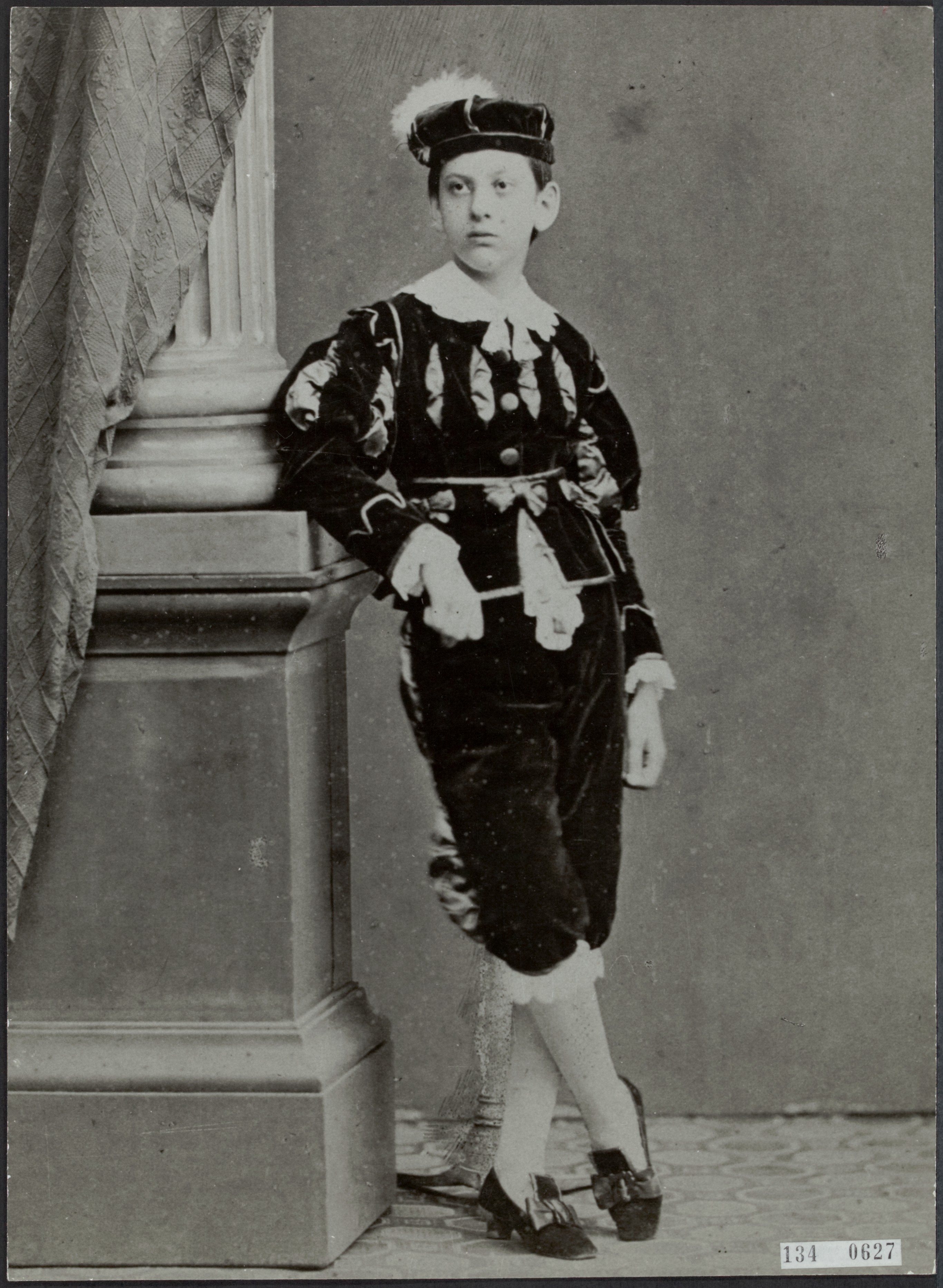


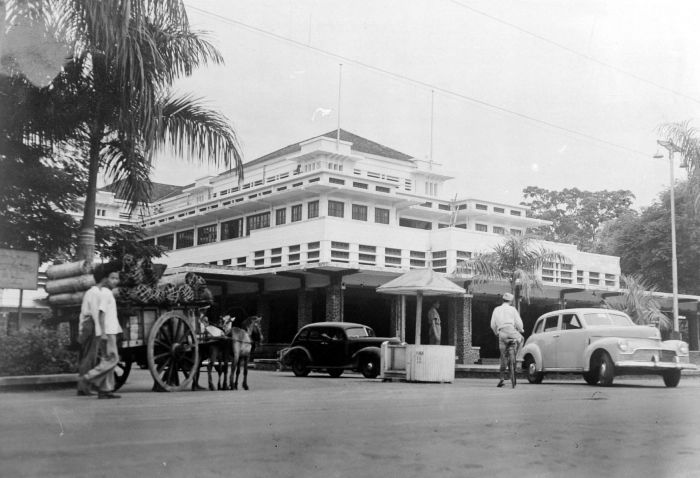
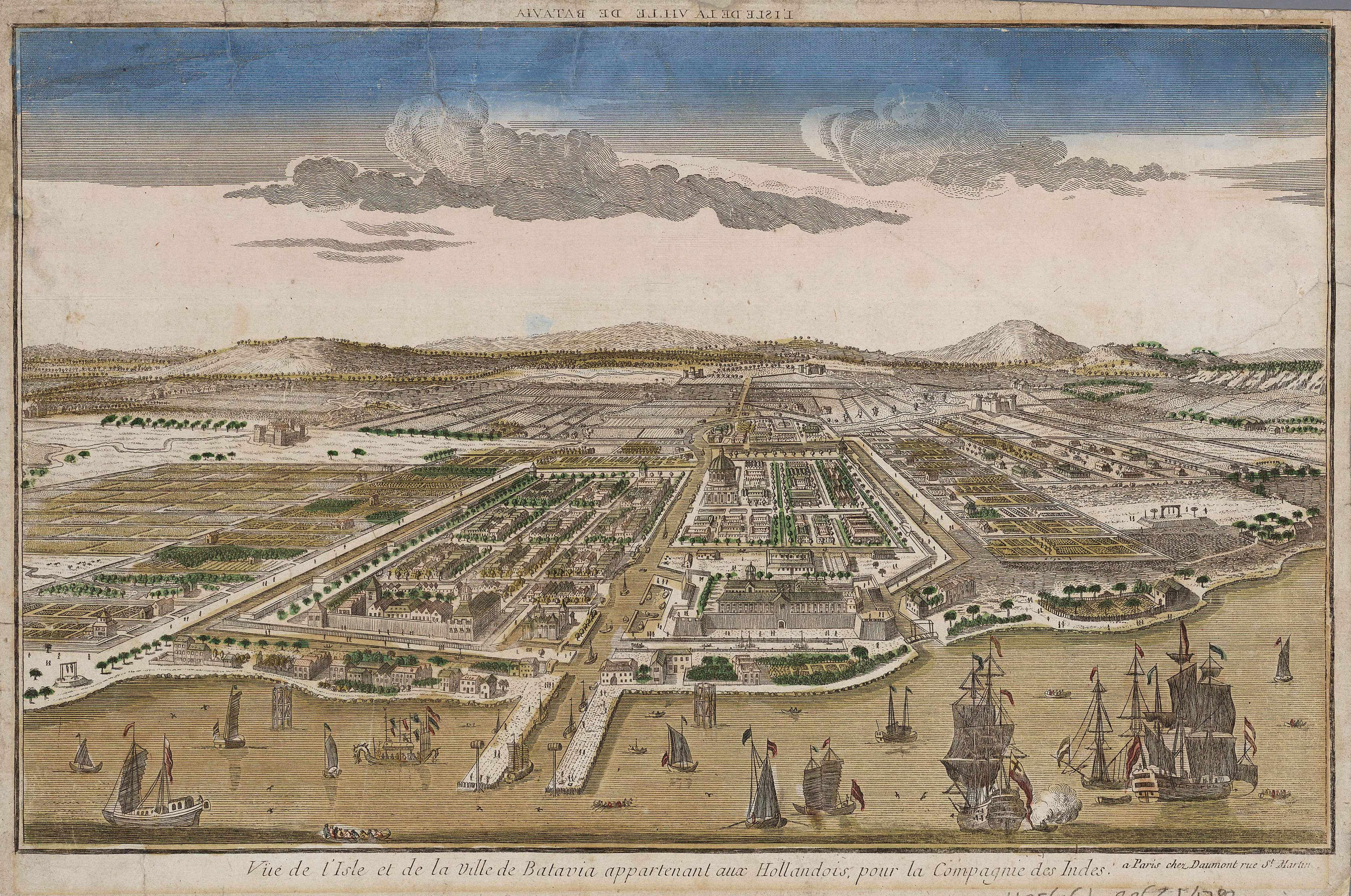

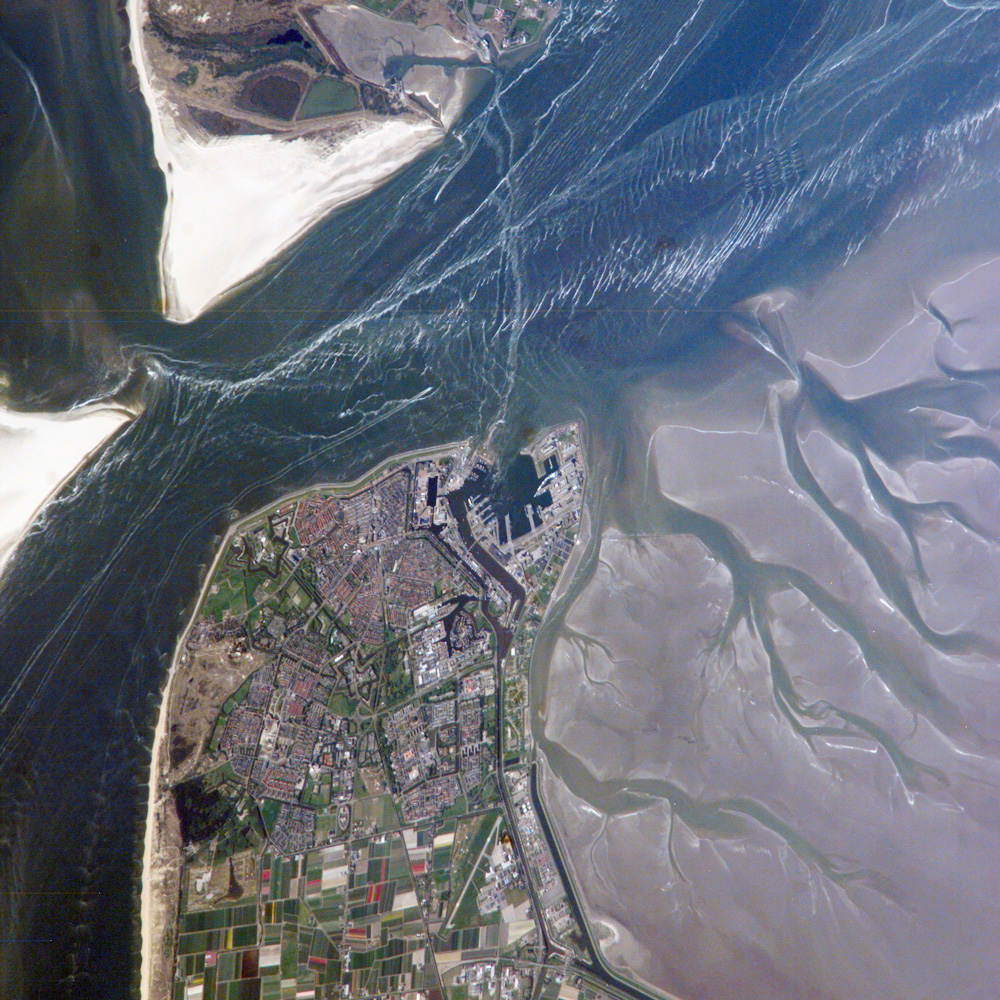
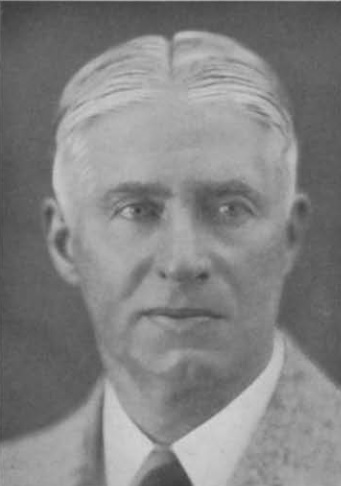
_en.png)